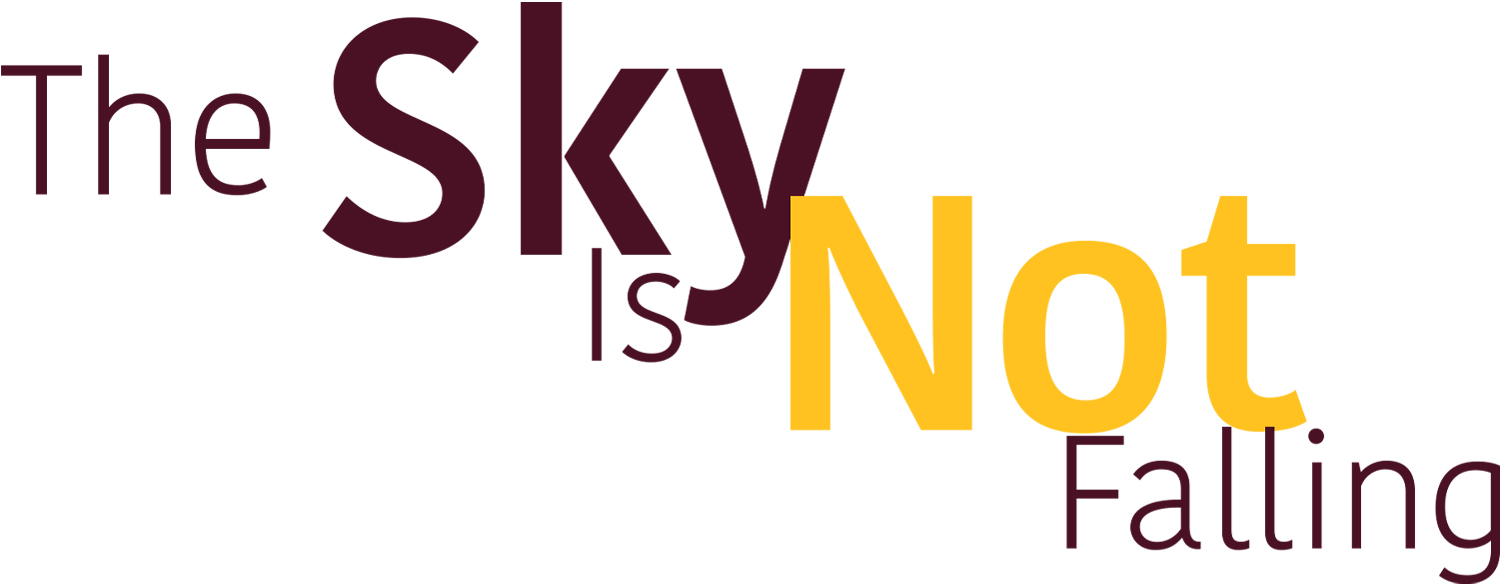


In some corners of the internet I have read articles outlining the failure of EdTech in the COVID era of instruction. Now I am not a “learning loss” or an “unfinished learning” denier but the data is clear that despite the heroic efforts of school systems and caregivers, the impact of the Pandemic on K–12 student learning was significant. However, I reject the premise that edtech failed students during the pandemic. Quite simply, you cannot believe everything you read on the internet.
When the COVID-19 Pandemic struck, school systems across the country made an almost overnight shift to remote learning. While some school systems nationwide have been painstakingly implementing 1:1 initiatives for years, Covid-19 accelerated those efforts. In a matter of weeks the 1:1 model became the rule rather than the exception in K-12 education, and students continued their learning.

To begin to overcome those limitations, there are several areas where EdTech can improve. Among those areas are:
We know that high-quality video alone does not make for engaging digital resources. EdTech needs to improve the quality and number of other digital resources such as e-books, interactives, virtual field trips, infographics, and more. The creation of more and better multimodal resources can help ensure that students have the resources they need to engage with academic topics in several ways.
The work of the people in our school systems nationwide who set up and implemented the infrastructure that provided children with the means to continue their education remotely was nothing short of courageous.
The proliferation of EdTech resources in the nation’s classrooms has led to just such an issue, but on a larger scale. With so much EdTech at their fingertips, COVID-era educators were overwhelmed with the solutions meant to support them. EdTech providers can do a better job by providing educators more “platform solutions” that centrally locate services in one place and improve interoperability. Just like having all your favorite entertainment resources available through a single sign-on solution, putting all the things teachers and students need to support instruction in one place helps ensure these resources will provide value and return-on-investment.
EdTech can create fun, gamified and accessible learning for students to develop this automaticity in ways that are so much better than some of the outdated practices upon which teachers and students have needed to rely. In addition, technology has the power to show students what they know, how well they know it, and what more they need to practice. The bottom line is that we need to continue to develop and enhance these types of technologies so they align with what we know about the science of learning.
Relevance
Discovery Education is working to integrate the lessons learned about the use of EdTech during the Pandemic into our products and services. I encourage my colleagues across the industry to consider both these and the other lessons learned from the use of EdTech during the Pandemic to enhance existing products and build new services. The time is now for us to act. Let us work hard as an industry to ensure that next time Chicken Little is trawling the internet, he does not read about the failure of EdTech.

About the author
Prior to his current position, Scott served as Discovery Education’s President of K-12 Education, and before that, he held the role of Senior Vice President of Education Partnerships. During his tenure at Discovery Education, Scott has played a key role in a number of the organization’s innovative initiatives, including the creation of Discovery Education’s professional learning business, the establishment of Discovery Education’s master’s degree in instructional media, and the growth of the company’s award-winning professional learning community, the Discovery Educator Network.
Scott regularly consults with high-level education leaders and policymakers and has testified before Congress on the future of learning. An accomplished public speaker and author, Scott has keynoted countless education conferences and has contributed articles and opinion pieces to various education publications.
Before joining Discovery Education, Scott spent 15 years in public education, serving at the school district and regional service center levels. He has also taught undergraduate and graduate classes at the university level and has served on numerous education-focused advisory boards.
Scott earned his bachelor’s and master’s degrees from Bloomsburg University and lives in Charlotte, North Carolina.